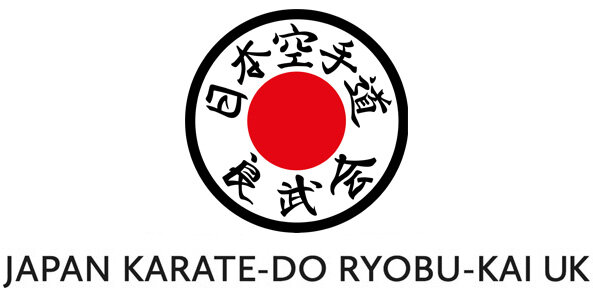Gichin Funakoshi Sensei (1870-1957)
He arrived in Japan in 1917 for the first-time demonstration of karate at the Dai Nippon Butokukai in Kyoto. He was later invited by Judo-founder Jigoro Kano Sensei again in 1922 to demonstrate at the Kodokan in Tokyo. Funakoshi Sensei hand-stitched white uniforms for himself and for his partner Shinken Gima, an Okinawan native and a member of Kodokan.
Over three hundred people, including newspaper reporters, came to see the presentation and it became a huge success. This demonstration by Funakoshi Sensei and Gima Sensei marks the starting point of the formal evolution of Japanese mainland karate-do. The newspaper articles on the demonstration raised public interest in the art and generated massive number of requests for additional karate demonstrations and instruction.
Funakoshi postponed his return to Okinawa, and started teaching karate in Meisei-juku, a dormitory for Okinawan students in Tokyo.
In addition to training at Funakoshi's Meisei-juku dojo, Konishi Soke received karate instruction from Chōki Motobu Sensei and Kenwa Mabuni Sensei (founder of Shito-ryu). While Konishi Soke respected Funakoshi Sensei’s personality and Mabuni Sensei's technical refinement, he was most impressed by Chōki Motobu Sensei and his fighting abilities. Motobu Sensei was by far the best karate fighter of his time. Konishi Soke, a successful bonesetter and a real estate investor, provided financial assistance to these and other Okinawan karate instructors.
Groups that practiced a pure form of jujutsu did not think highly of karate and challenged Funakoshi Sensei. However, under Japanese budo, one does not initially challenge the master of a particular school or style; a challenge is first issued to the senior student.
If the challenger defeats the senior student, then he can challenge the Master. If the challenger defeats the master, he can take the dojo sign as a trophy-a very embarrassing situation for the defeated dojo, and one never experienced by the Ryōbukan. All challengers of karate were defeated by Konishi Soke and Ōtsuka Sensei, as Funakoshi's senior students.
After a challenge had been met, Funakoshi Sensei would explain karate-jutsu, and highlight the mental and spiritual benefits of the style. Many listeners understood and agreed to the point that they switched styles to study karate.
During this time, there was an ongoing philosophical debate among martial artists as to the definition of budo. Some believed budo required the death of the opponent; others, that budo meant supporting or educating the opponent in the proper ways. Funakoshi Sensei always taught budo as technique and education.
Konishi Soke especially believed Bu-Bun-Ryo-Do, translated as: "For karate to be perfect, it cannot be just technique, but also education." As technique disciplines the body, education should discipline the mind. Thus, Konishi Soke believed that Budo involves educating the opponent. Over time, three major changes occurred in Funakoshi's original karate teachings. First, because karate was introduced to the Japanese physical education program at the elementary school level, Funakoshi Sensei assigned Japanese names to replace the Okinawan names of the various kata, making karate easier to learn.
The second change was the addition of ippon kumite to karate training. At first, karate training was primarily the practice of kata. Konishi Sensei contended that training in kata alone was not sufficient to develop the whole person. Other forms of Do, such as kendo and Judo, had training methods that included application of techniques with partners. Konishi Soke and Ōtsuka Sensei added ippon kumite to the training regimen.
Karate gradually became more popular and many masters from Okinawa began to visit Japan. Because of Konishi Sensei's open-mindedness, many well-known Budōka visited Ryōbukan during this era, exchanging techniques. Among them were: Kenwa Mabuni Sensei (founder of Shito-Ryu Karate), Chojun Miyagi Sensei(founder of Goju-Ryu Karate), and Choki Motobu Sensei. These three masters influenced in various ways and made definitive contributions to the emerging style of Shindō Jinen-ryū.

